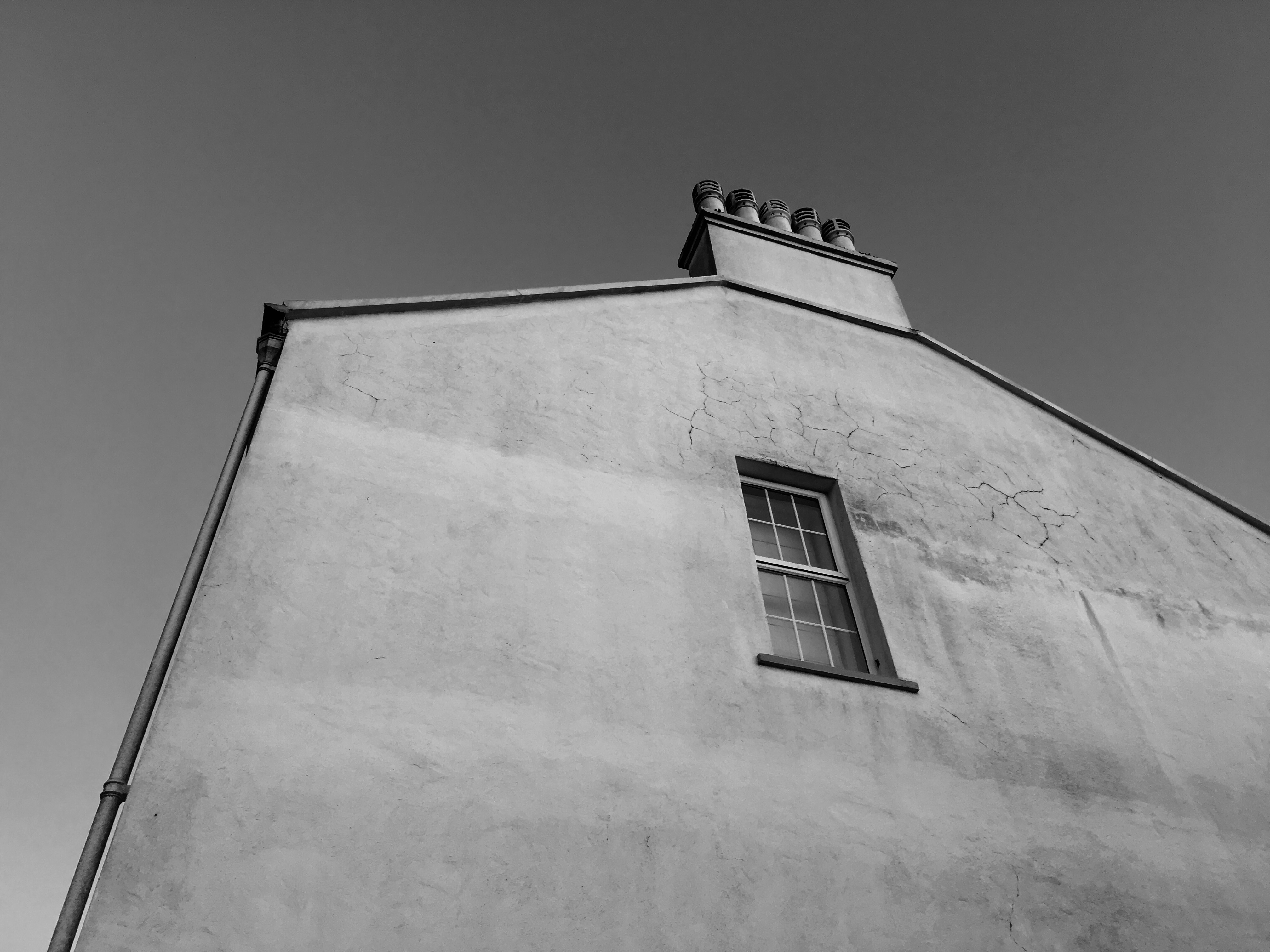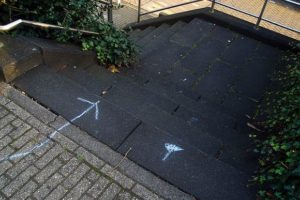What is psycho-geography?
The term psycho geography was made by the Marxist theorist Guy Debord in 1955. It was inspired by the French nineteenth century poet and writer names Charles Baudelaire’s concept of the flâneur, an urban wanderer. Through this new term it suggested a creative and playful way of exploring the urban environment in order to examine its architecture and space. He wanted to create a term that was new to the approach of architecture that was less functional and more exploratory. Some example of psycho-geography in photography consist of:

As seen above psycho-geography very much focuses around the aspect of architecture, through the recording and creation of visually pleasing imagery of what in most circumstances would look like ruins of debris. Most of the photos are very much based around the exploration of a urban inhabited area, to which what they tend to focus on makes the photos taken look almost desolate and uninhabitable for civilization.
The process of psycho-geography can be simple or complex depending on what you choose to focus on, but the main focus is how we are affected by being in certain places around us due to architecture, weather and who you’re with. Many are taken within a small area to focus on how much you know about the specific area you are in, this is known as practicing dérive, and is a fundamental principle in psycho-geography.
A leading photographic artist in the area consist of Marcus Desieno. Desieno creates almost de-humanised landscapes from hacking into surveillance camera networks, whilst at the same time avoiding privacy problems associated with urban and residential areas. Here are some example of his work:
This form of photography can also be focused around the idea of the constantly being watch as everywhere we go there are cameras, and so can explore this idea by incorporating maybe satellite imagery into the form of photography using creative angles to make the most of the landscape.


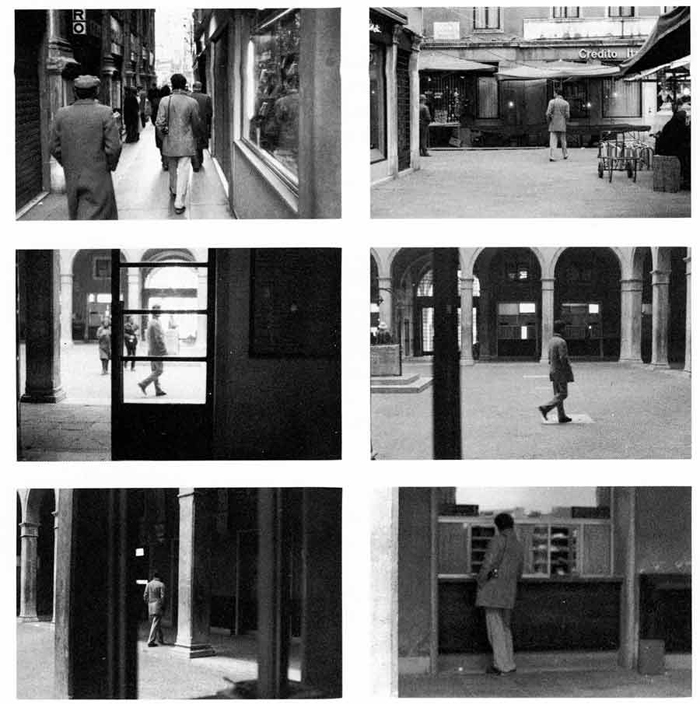





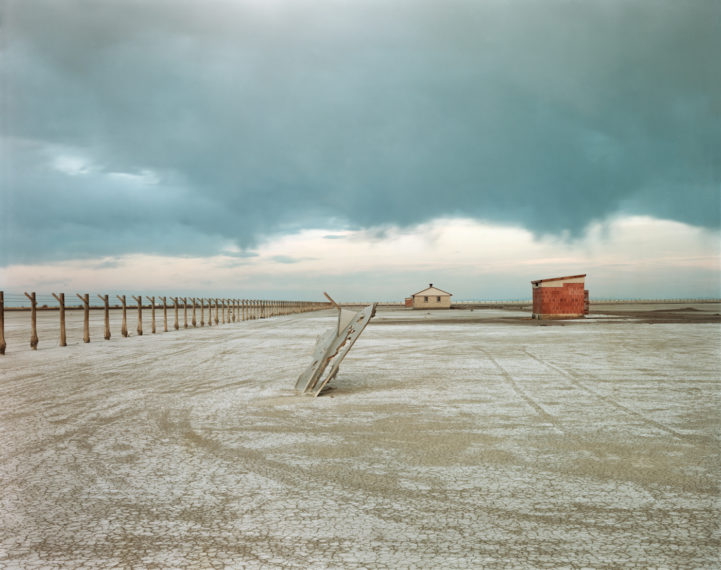



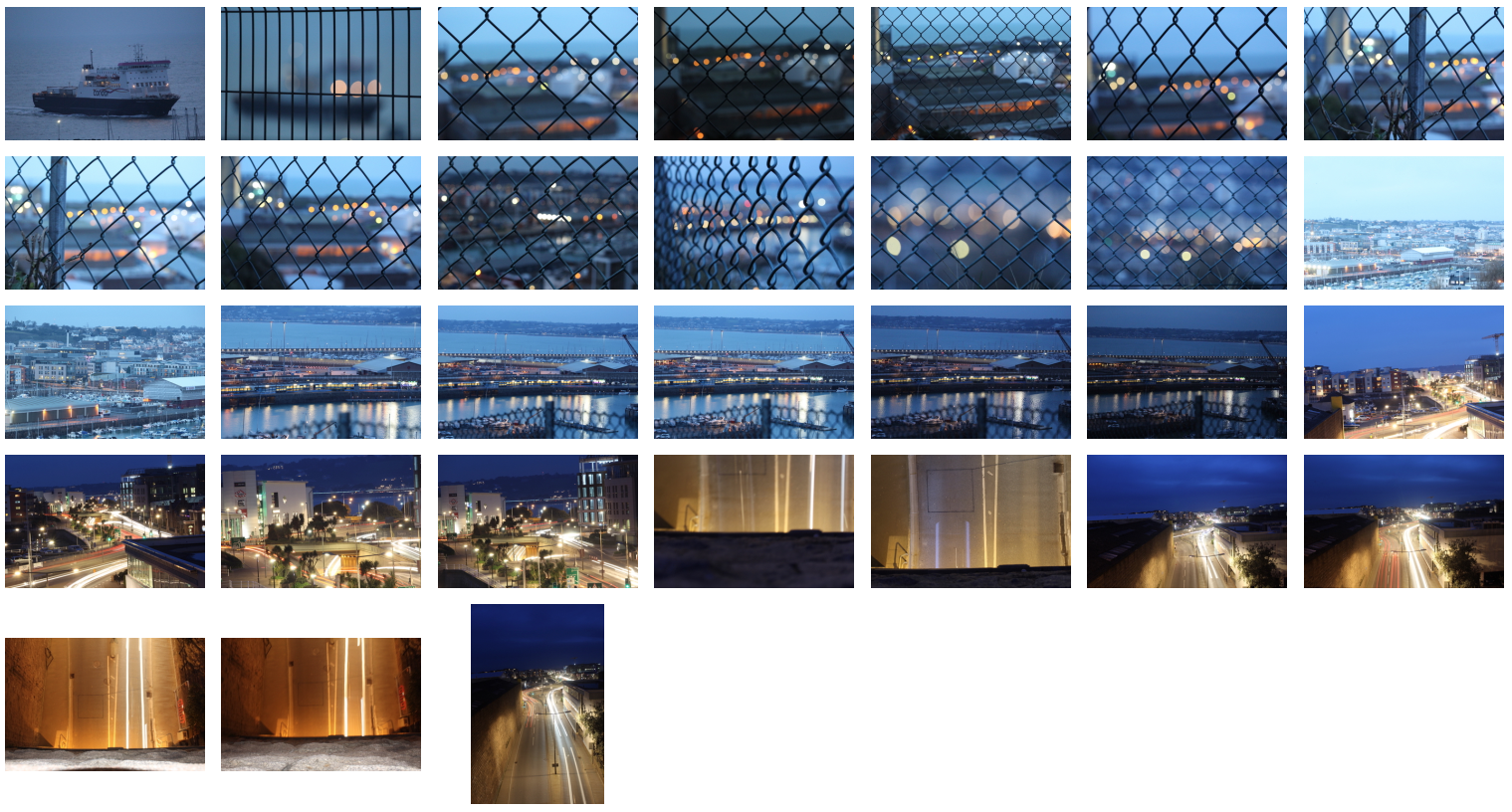








 Lighting: I will use natural lighting to take these photos and I will take them in the afternoon to avoid over exposed images with light flares.
Lighting: I will use natural lighting to take these photos and I will take them in the afternoon to avoid over exposed images with light flares.





